The following contains spoilers for Here, now playing in theatersHere's ending builds off the film's central themes, concluding the central storyline while also expanding on the connective elements that exist across the movie's different eras. The central concept of the film is that the movie takes place in a single location, shifting time period and character focus as it hops between ancient history, the Revolutionary War, the 20th century and beyond. Here's cast of characters experience love, grief and everything in-between all within the single space.
Despite the purposefully disjointed elements of the plot, Here does have a central throughline that highlights the shared qualities between people of different perspectives, upbringings and goals. The central arc of Here focuses on the digitally de-aged Tom Hanks and Robin Wright's Richard and Margaret, and uses their story to explore universal experiences. These themes give Here the set-up for a powerful and ultimately bittersweet conclusion, which reinforces the longevity of life even as specific lives are finite.
Richard & Margaret's Fate In Here, Explained
Most Of Here Focuses On Richard And Margaret More Than Anyone Else
As the primary focus of Here, Richard and Margaret's relationship plays out across the course of the film and builds to a bittersweet but loving finale. Played by Tom Hanks in Here, the most consistent plot thread in the movie focuses on Richard's life, which he spends almost entirely in the house. As a teenager, he brings Margaret into the family when she becomes pregnant as a teenager. This throws them both off, as Richard had wanted to become an artist while Margaret wanted to attend law school. This tension lingers, even as they raise their daughter Vanessa.
This eventually leads the pair to separate, spurred on by Margaret's fiftieth birthday. It's a bittersweet aspect of the film's central relationship, leaving Richard alone as he cares for his father and rediscovers his passion for painting. Although the two do repair their friendship, it's implied during a makeshift Thanksgiving that the pair never resume their romance. The film ends with a now elderly Richard and Margaret visiting the house one more time while Richard is in the process of selling it, Richard helping Margaret rediscover some of their memories of their home.
What Happened To Al & Rose In Here
Richard's Parents Are Major Figures Within Their Narrative
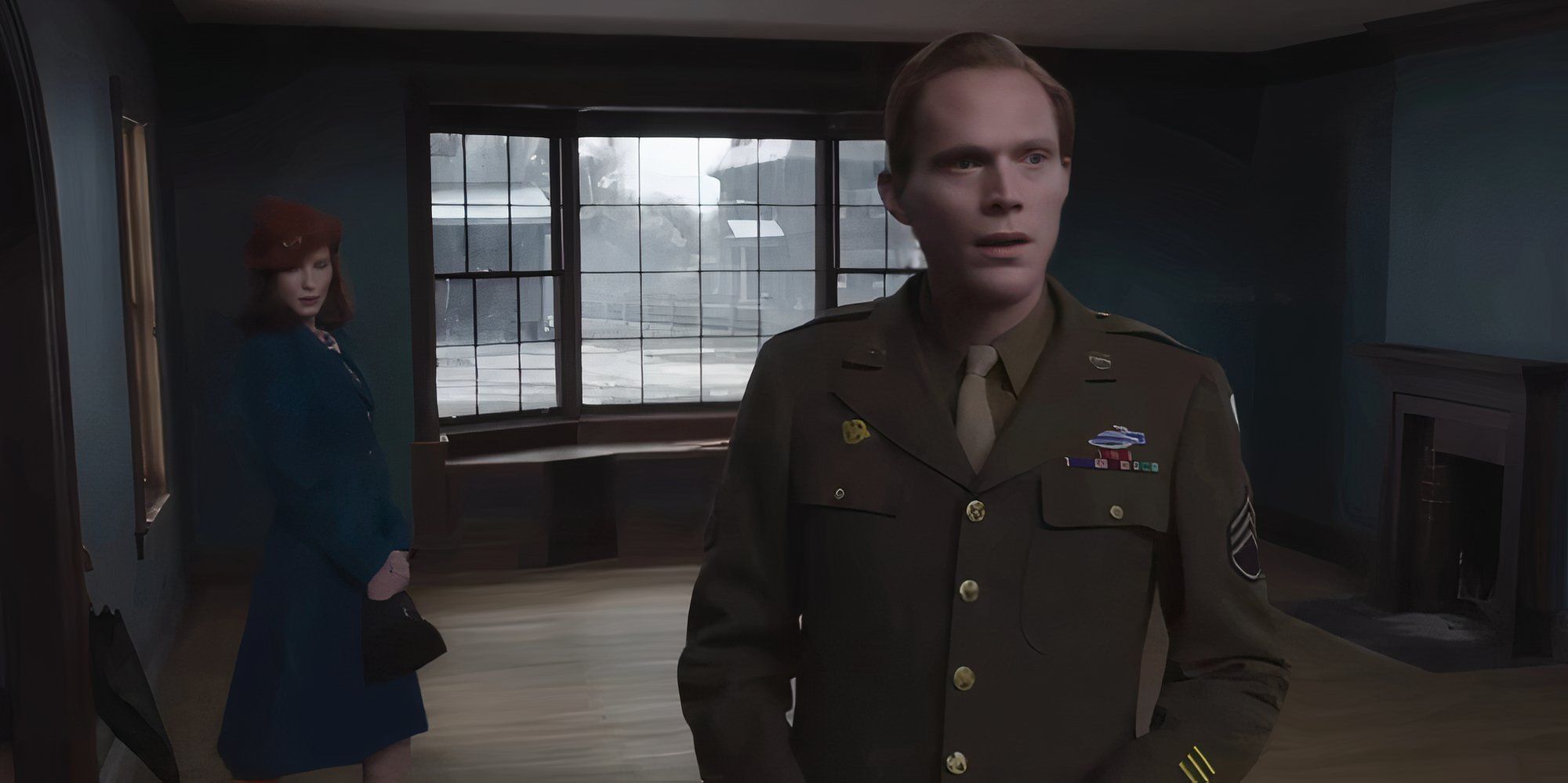
Richard's parents Al and Rose are arguably the second most important couple to be focused on in Here, as they get several scenes together, especially in the film's first act. A soldier returning from World War II, Al is portrayed as a short-tempered but ultimately good man, whose drinking becomes more pronounced. In Richard and Margaret's story, they serve as a dark contrast to the younger pair. Rose's feelings that she wasted her chance to become a "good book keeper" serves as a warning to Margaret that she eventually subverts by getting a job and leaving Richard.
Al and Rose's marriage, initially openly loving, morphs into a quieter and more tense relationship until one holiday when Rose has a stroke. This prompts a remorseful Al to give up drinking and focus more on caring for her, eventually moving the pair to Florida and leaving the house to Richard. Rose passes away off-screen in the ensuing years, with a heartbroken Al eventually returning to the house. His return is one of the final breaking points for Margaret and Richard's relationship, but the film gives Richard and his father some small and sweet closure before Al passes away himself.
What Happens To The Other Families In Here
Here Hops Around In Various Time Periods And Settings
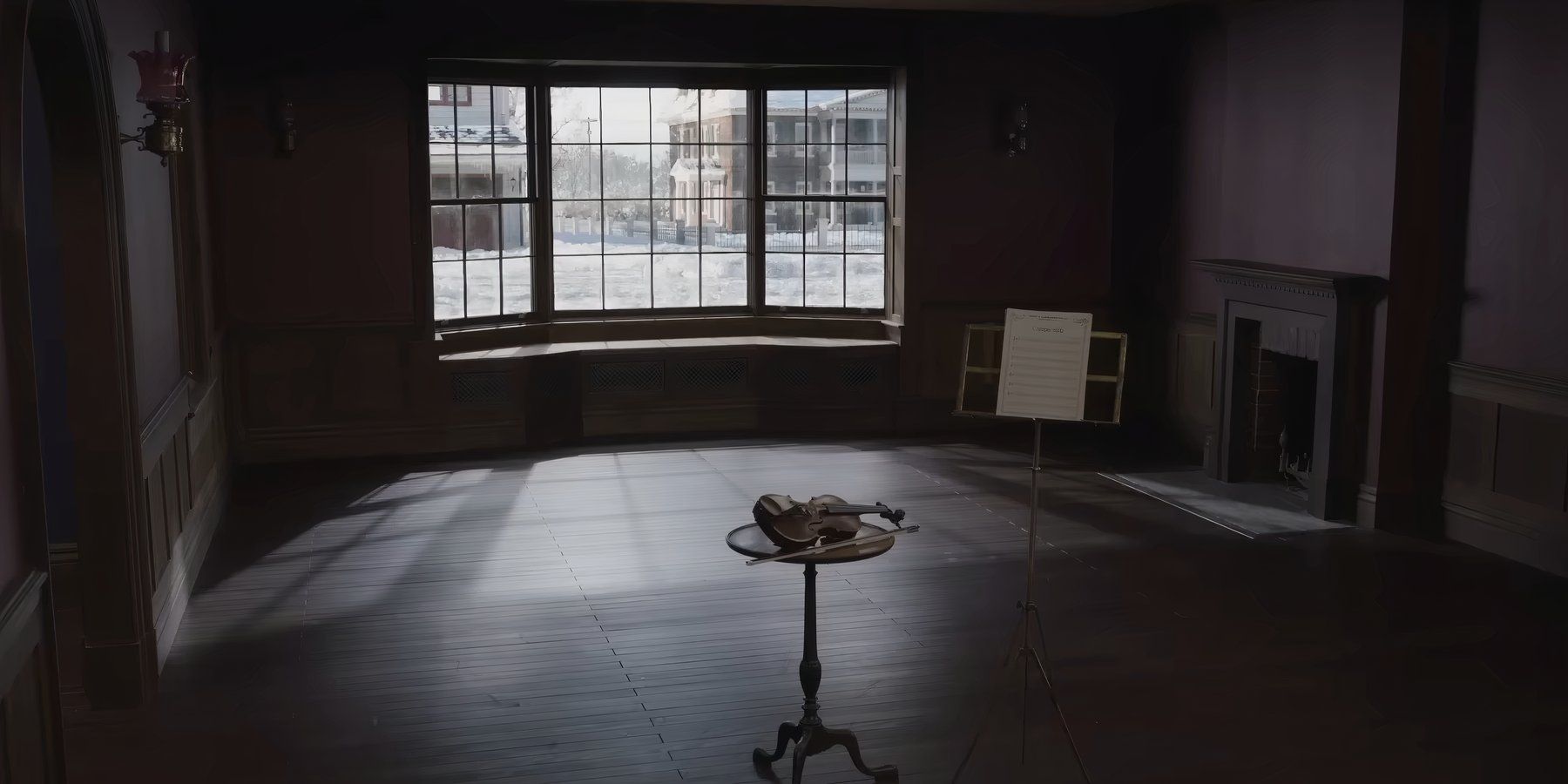
Here is largely focused on two generations of the Young family, but it also showcases a number of different groups across the course of time. Before the land was colonized, a Native American couple spent their lives in a space surrounded by nature. Their romance is contrasted directly against the two Young couples, with all three men outlasting their partners and dealing with the loss. The space is later taken by Benjamin Franklin's illegitimate son, with the film referencing their real-life drama as a parallel to the tensions between Richard and his father.
Other couples that live in the house include John Harter and his wife at the turn of the 20th century, an aviation-obsessed man who passes away in the Influenza outbreak. There's also the Beekmans, who get the house after the Harters and enjoy a sweet relationship before Leo successfully sells his idea for a recliner. The modern-day family who move into the house are the Harris', who serve as a modern contrast to the Richard and Margaret marriage. All the families in Here are directly contrasted against one another, giving the film a thematic throughline.
How Many Time Periods Are In Here
Here Shifts Across Half A Dozen Periods
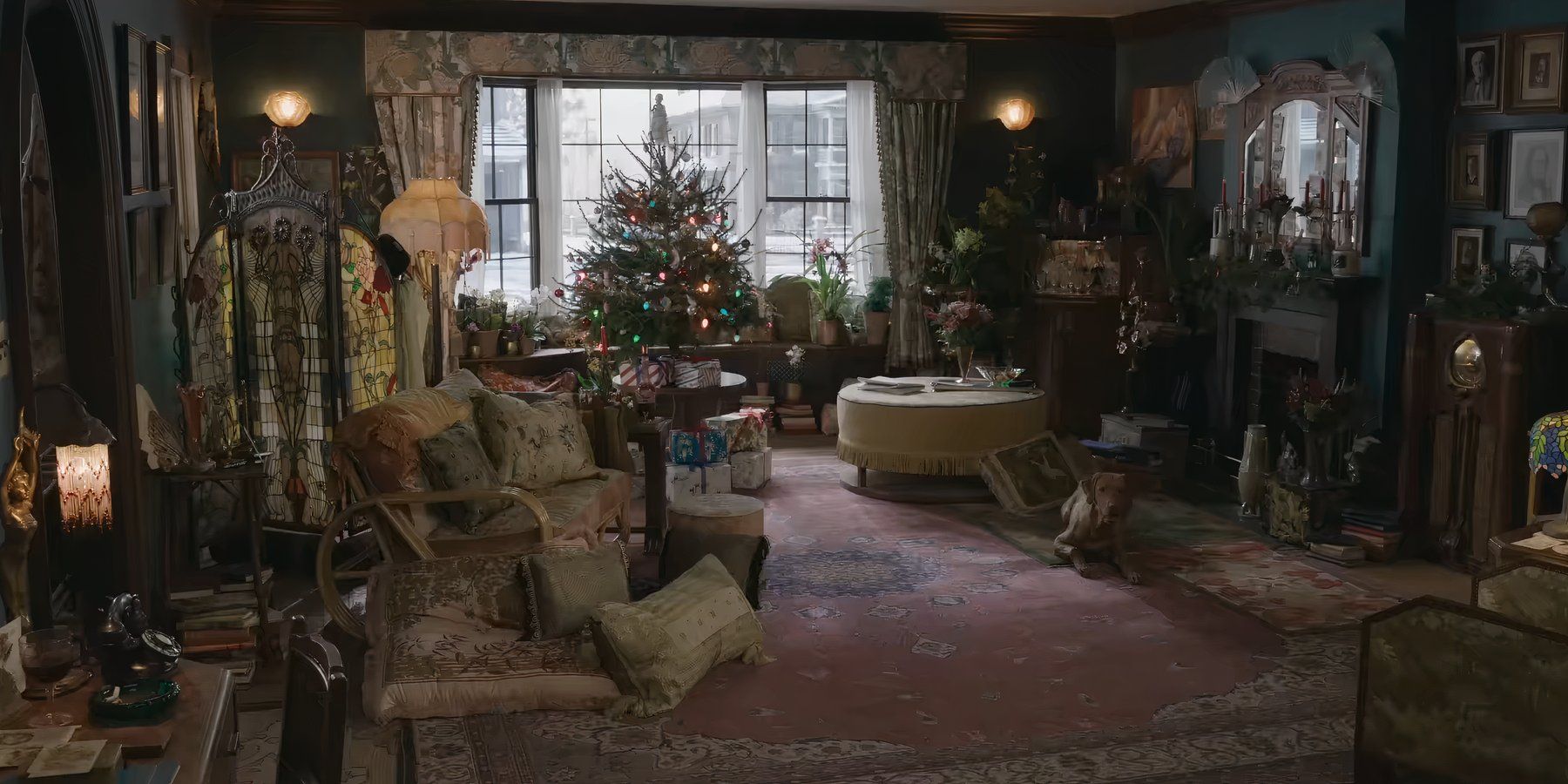
Across the course of Here, there are several time jumps. This allows the film to reflect on the common elements that exist between different eras. In all, there are at least half a dozen periods featured in Here. The earliest is a primordial setting, where dinosaurs roam freely until an asteroid causes an ice age. As the world heals over the course of centuries and forests grow up where the land was once more chaotic, a Native American couple makes the space their home. The land is later colonized, with the film shifting to the Revolutionary War.
Owners Of The House In Here | Played By |
The Harter Family (John & Pauline) | Gwilym Lee and Michelle Dockery |
The Beekmans (Lee & Stella) | Ophelia Lovibond and David Fynn |
The Young Family (Al & Rose) | Paul Bettany and Kelly Reilly |
The Young Family (Richard & Margaret) | Tom Hanks and Robin Wright |
The Harris Family (Devon & Helen) | Nicholas Pinnock and Nikki Amuka-Bird |
A century later, the land is steadily cleared away, setting up the suburban landscape that becomes Here's primary setting. The building is sold to the Harter family in the early 20th century. The house is sold upon John's death, with the Beekmans living in it until the events of World War II. After that, the Youngs move in, with their time in the house referncing several important moments in American culture throughout the second half of the 20th century. After Richard grows old and finally sells the house, the story shifts to the modern-day with the Harris family.
Why The Camera Moves In Margaret's Final Scene
The Movie's Final Scene Focus On Margaret And Richard In Old Age
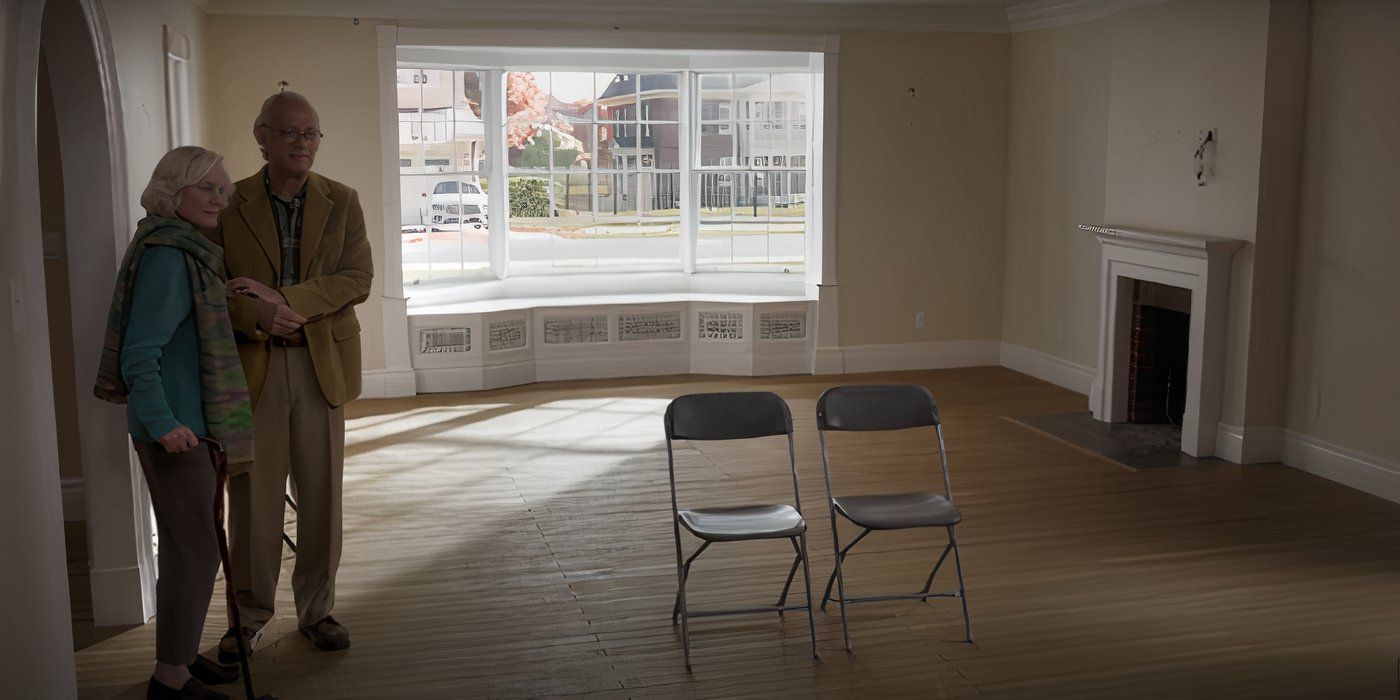
For most of Here, the story is told from a single space within the living room. The camera angle remains the same, regardless of focus or setting. As time passes, the camera remains static, at least until the final moments of the movie. After returning to the house with Richard in her old age while he's in the process of selling it, Margaret struggles to remember her life there. The film heavily implies she's dealing with Alzheimer's, which impacts her memory. However, as she does tearfully rediscover some memories, the camera pans over and reveals more of the house.
Here is based on the 2014 graphic novel of the same name by Richard McGuire, which uses a similar specific location focus.
This is an important moment within the film's narrative, as it moves the audience from the purely spectator position they'd spent the entire film in and highlights the very real nature of the house. It zooms in on Margaret and Richard, showcasing their emotions in a more dramatic fashion. While Here had a certain inherent removal from the characters thanks to its time-hopping and static cinematography, Margaret's final scene allows the camera to move and truly share her overwhelming emotions with the viewer.
The Significance Of The Hummingbird In Here's Ending
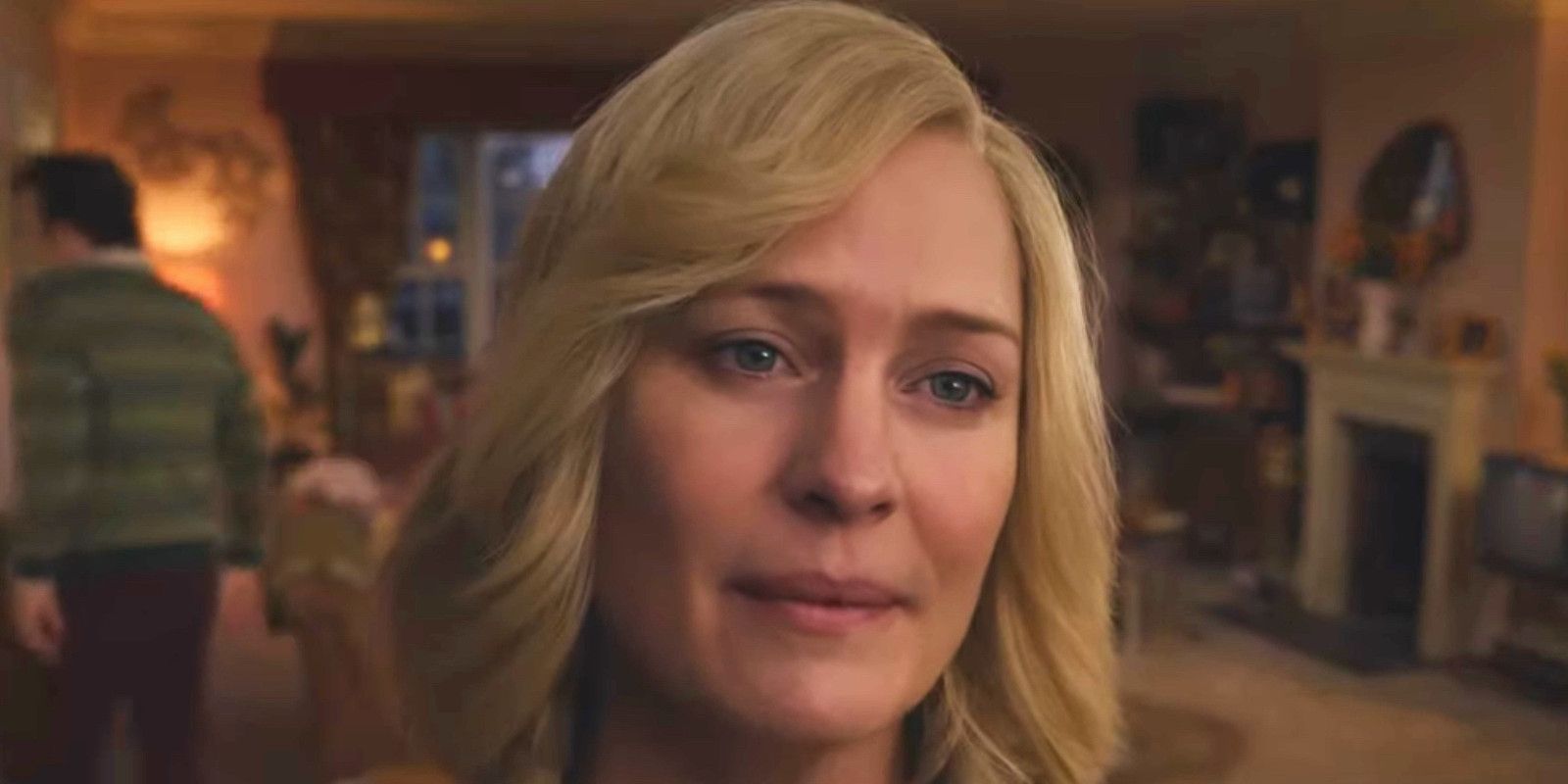
Seen in various eras of history, the hummingbird in Here speaks to the film's central themes and underscores nature's enduring qualities in the face of time. In the prehistoric era, there is a large fly that zips around and barely avoids being crushed by stampeding dinosaurs. Over the centuries, a hummingbird can be seen in the wooded area that is eventually cleared away to make room for more houses. The final shot of Here's ending is another hummingbird, flying around in the modern day suburbia.
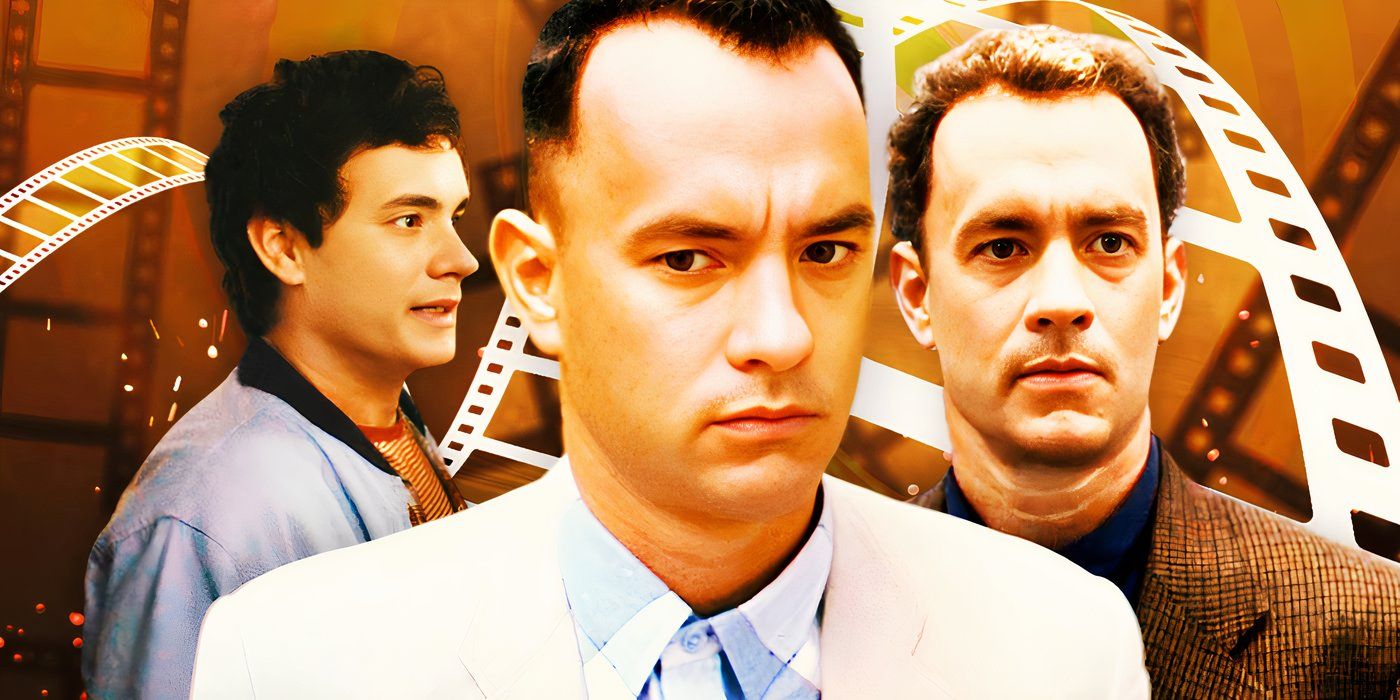
Related
Tom Hanks' New Movie Will Determine The Legacy Of A 30 Year Partnership
Tom Hanks teamed up with Robert Zemeckis one more time for the drama movie Here, which will determine the legacy of their decades-long partnership.
This hummingbird speaks to the inherent connections to the past that exist even when they may not be clear to the human eye. The hummingbird underscores how the world spins on and lives beyond each individual family's joys and losses. The hummingbird signifies the continuation of life, implicitly setting up a central theme of the movie where life continue on even as certain individuals may reach the end of their lives. It speaks to one the core messages of the film, in an understated way.
The True Meaning Of Here's Ending
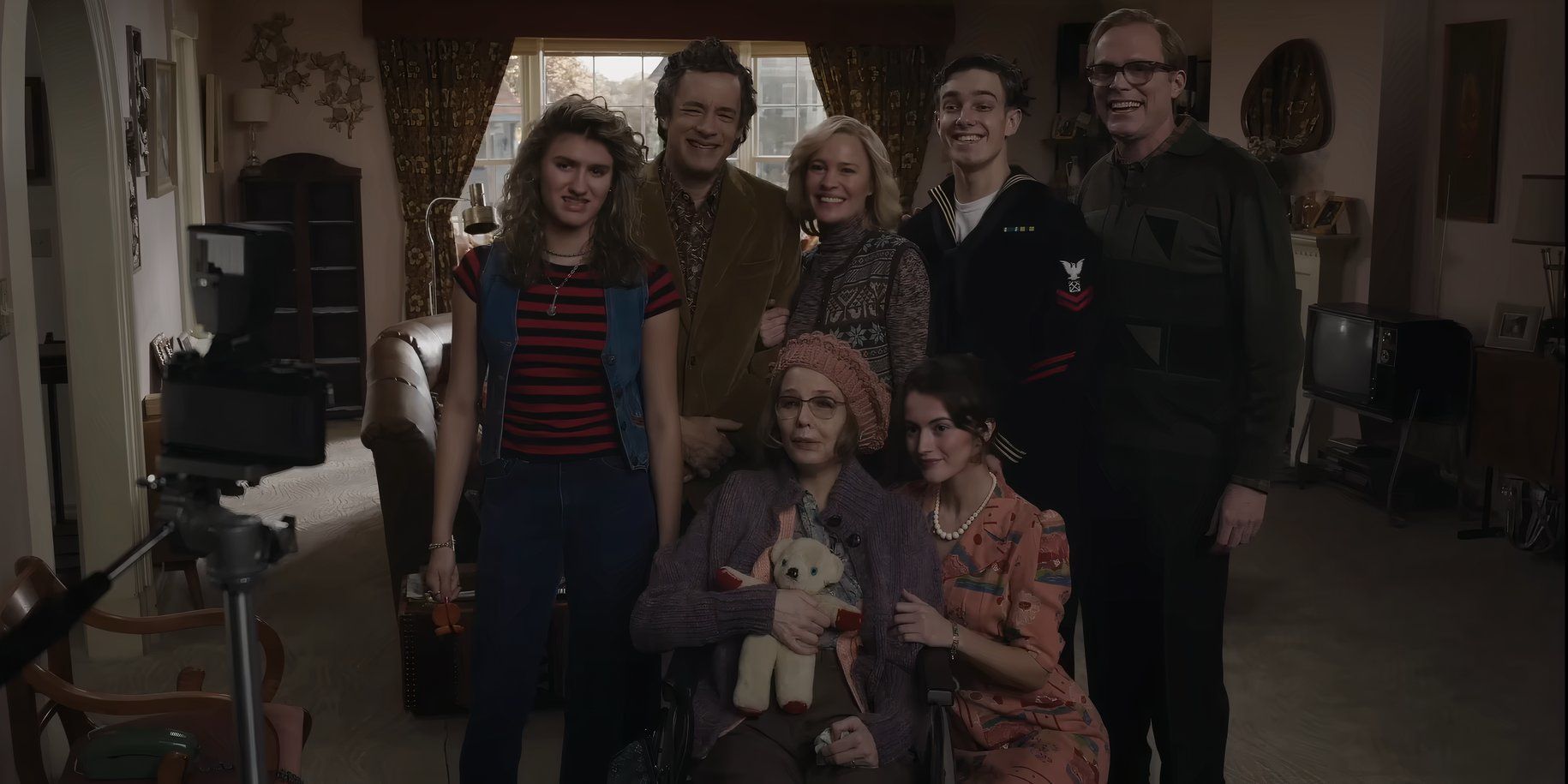 Image courtesy of Sony Pictures Entertainment.
Image courtesy of Sony Pictures Entertainment. Here is ultimately about the bittersweet threads that connect people across countless generations. Regardless of upbringing, society or purpose in life, the various families of Here find joy in love and pain in grief. Each death in Here is treated as a tragedy, even as the subsequent families have no idea of the loss that happened right where they're standing. Items like the Native American couples' bridal necklace, eventually rediscovered in the 20th century, create a symbolic bridge between centuries and cultures.
The meaning of Here is that life and love are wonderful things, even if they are fleeting. Margaret's frustrations with her life don't diminish the joys she experienced within it, as seen by her admission that she loves the house she often told Richard she wanted to leave. While indivudal lives may come and go, the people and their experiences still matter. It gives Here a powerful but bittersweet edge as it closes out on a reminder that even among human development, nature continues on.
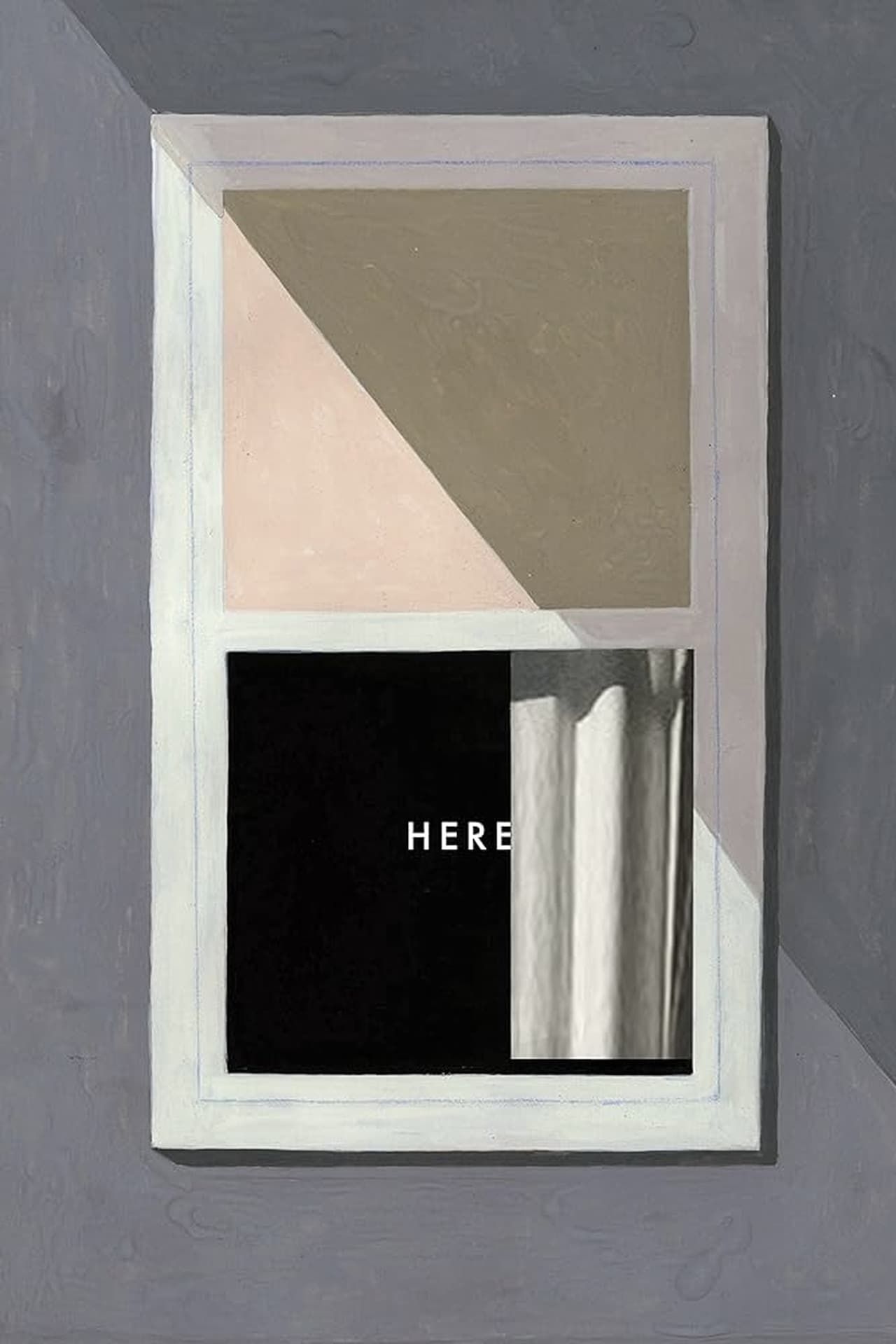
A young couple expecting their first child takes in the husband's estranged, ailing mother. Set in a single room, the story spans multiple generations, capturing moments of love, loss, and everyday life in the same space. Directed by Robert Zemeckis and featuring performances by Tom Hanks, Robin Wright, and Paul Bettany, the film uses groundbreaking technology to de-age actors and presents a unique, stationary camera perspective throughout its runtime.
Director Robert Zemeckis
Release Date November 15, 2024
Studio(s) MiraMax , Playtone , ImageMovers
Writers Eric Roth , Robert Zemeckis
Runtime 104 Minutes

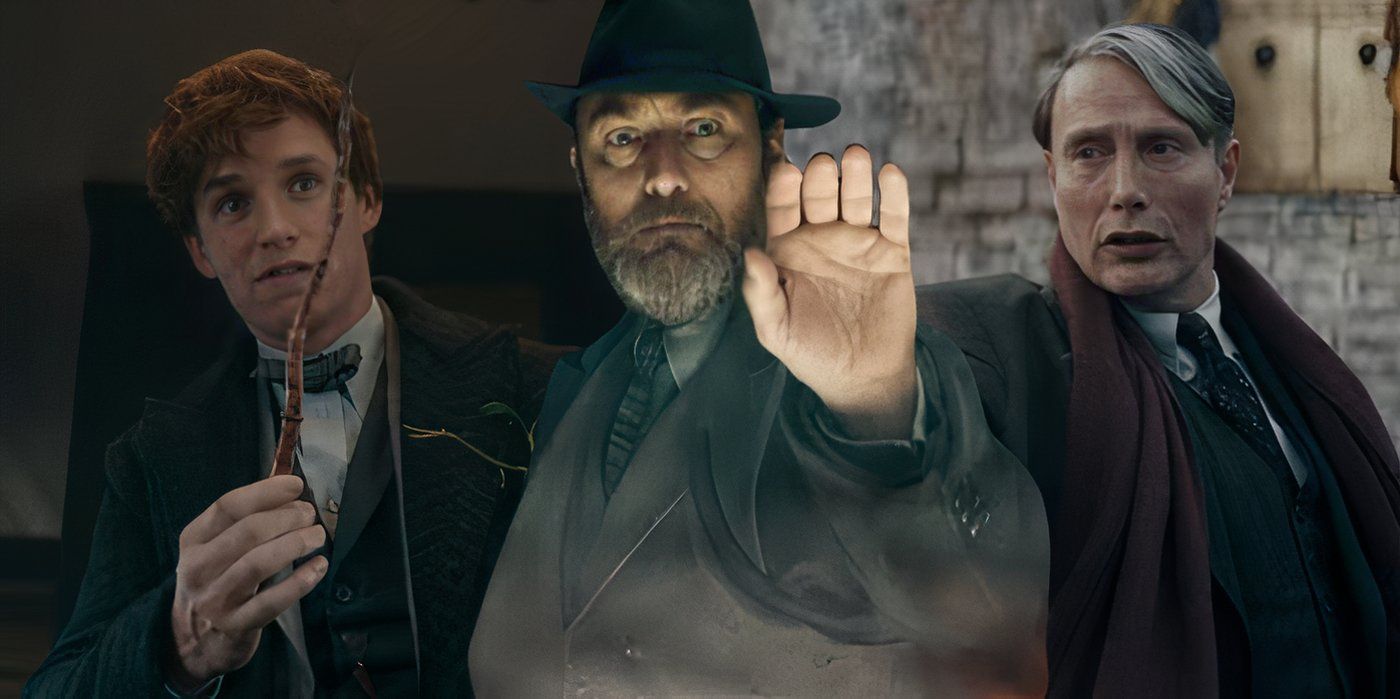
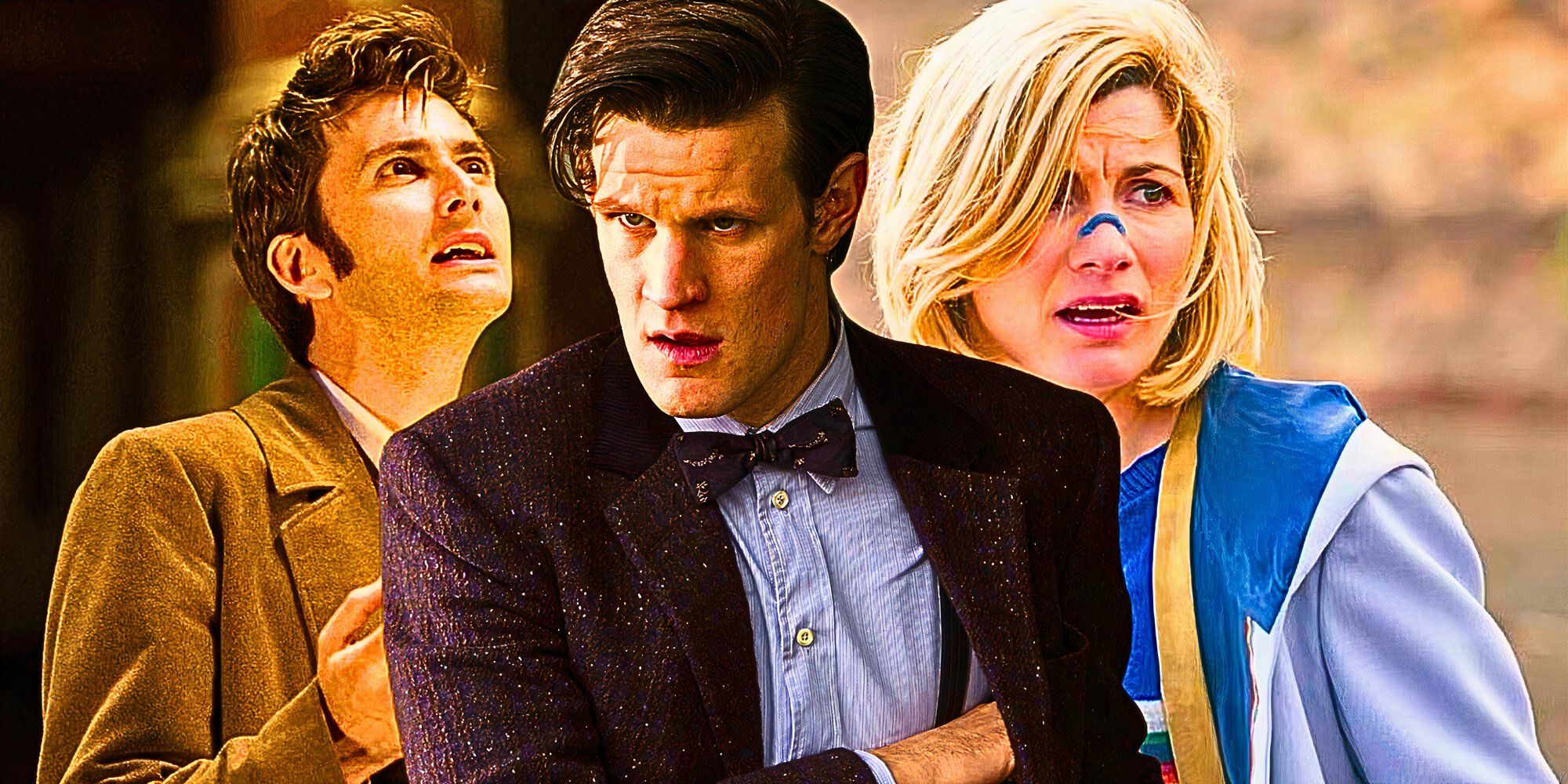
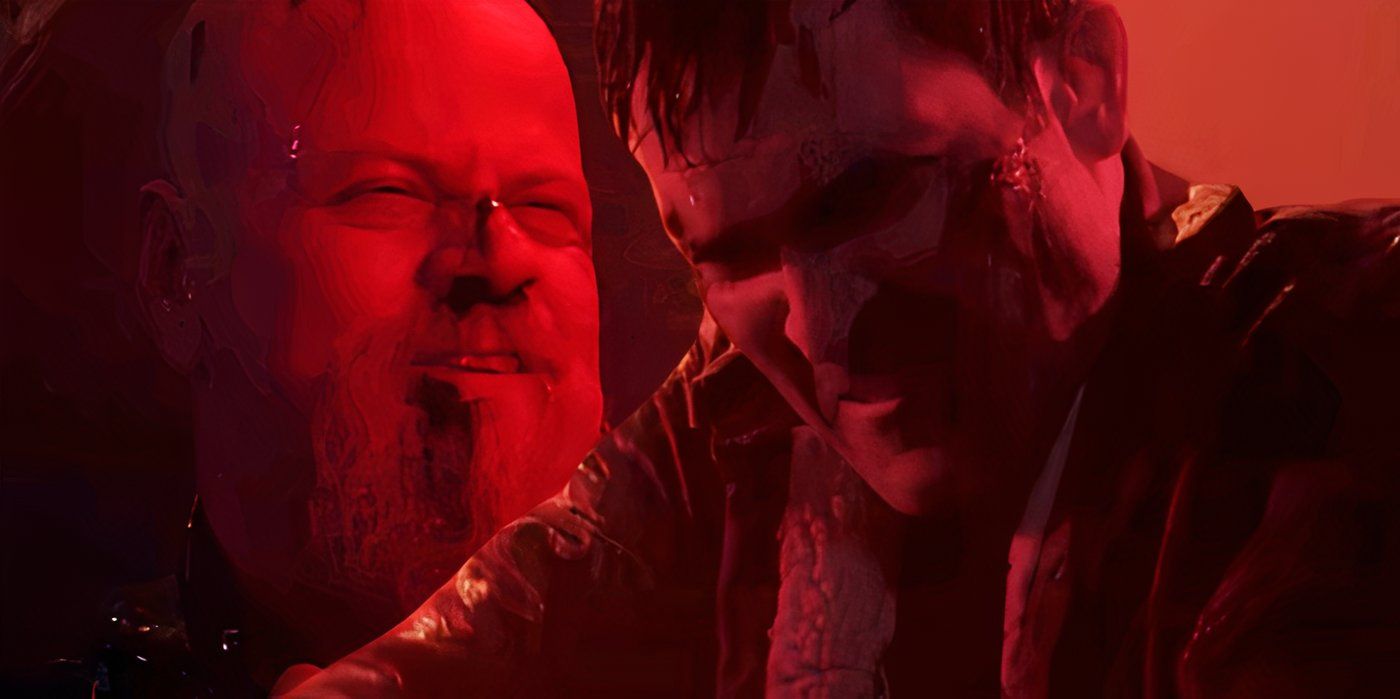
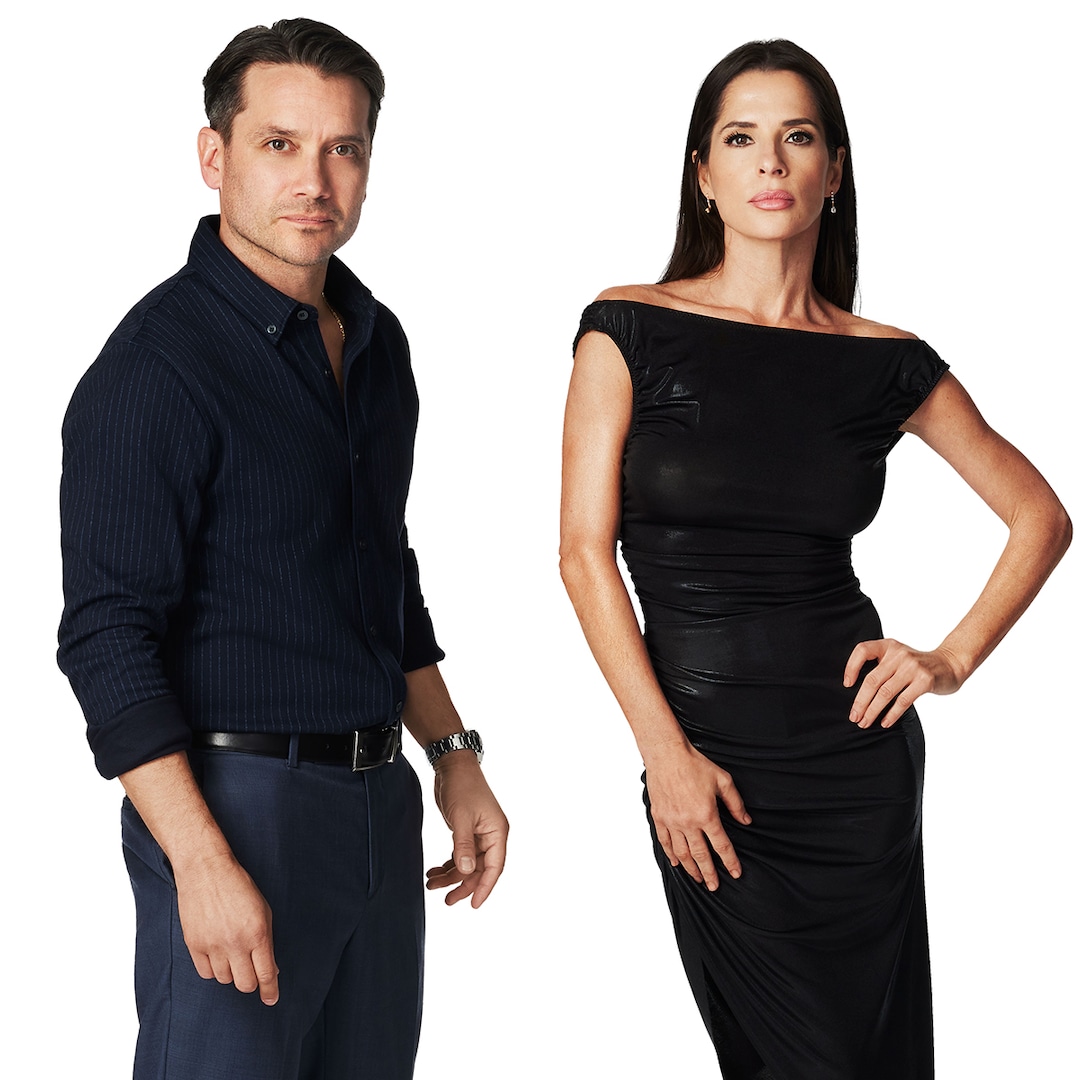




 English (US) ·
English (US) ·